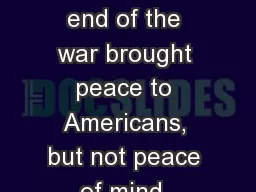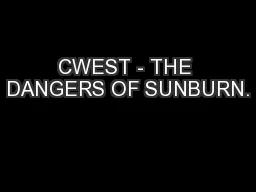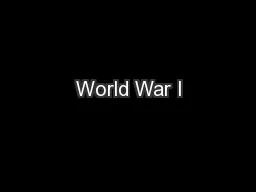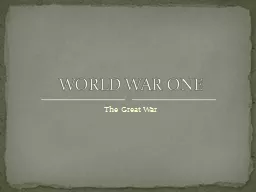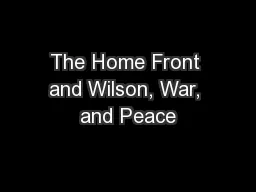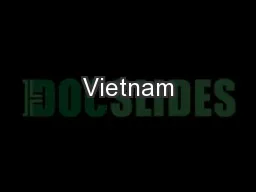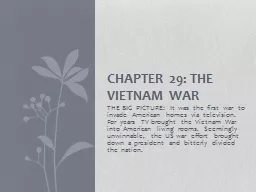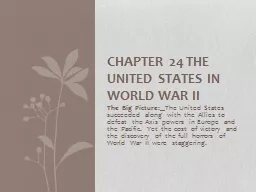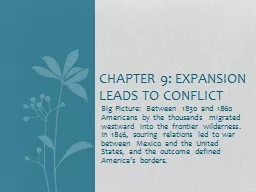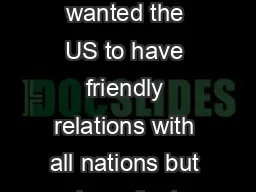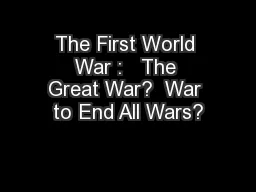PPT-The Big Picture: The end of the war brought peace to Americans, but not peace of mind.
Author : yoshiko-marsland | Published Date : 2018-10-22
Chapter 19 From War to Peace Main Idea Although the end of World War I brought peace it did not ease the minds of many Americans who found much to fear in the postwar
Presentation Embed Code
Download Presentation
Download Presentation The PPT/PDF document "The Big Picture: The end of the war brou..." is the property of its rightful owner. Permission is granted to download and print the materials on this website for personal, non-commercial use only, and to display it on your personal computer provided you do not modify the materials and that you retain all copyright notices contained in the materials. By downloading content from our website, you accept the terms of this agreement.
The Big Picture: The end of the war brought peace to Americans, but not peace of mind.: Transcript
Download Rules Of Document
"The Big Picture: The end of the war brought peace to Americans, but not peace of mind."The content belongs to its owner. You may download and print it for personal use, without modification, and keep all copyright notices. By downloading, you agree to these terms.
Related Documents

